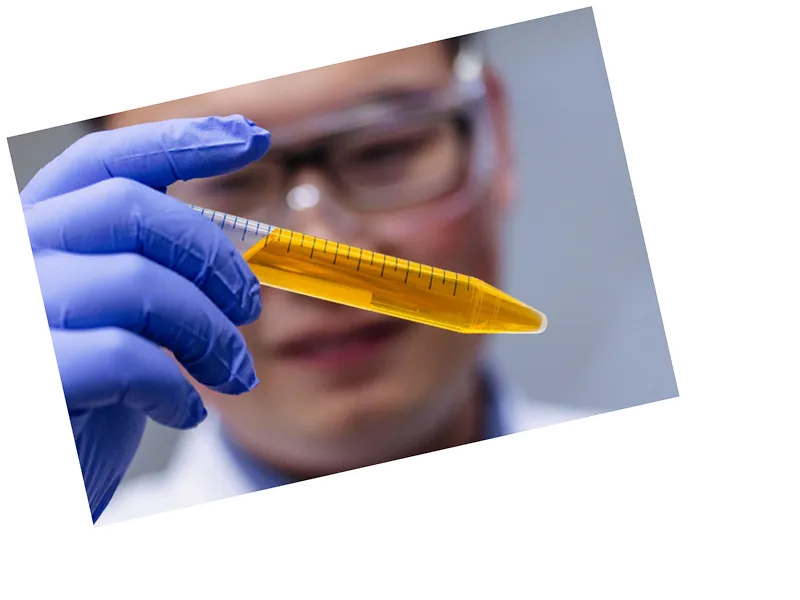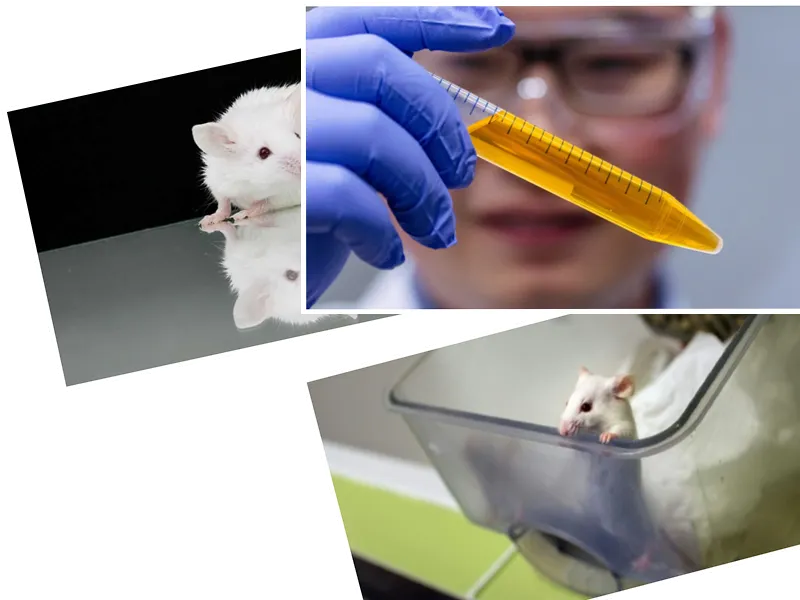Revolutionary Technique Enhances Internal Organ Visualization
A recent breakthrough by researchers at Stanford University has paved the way for a non-invasive method to visualize internal organs more clearly than ever before. Utilizing a common food dye called tartrazine, the team has developed a technique that temporarily renders skin and muscles transparent, allowing for unprecedented access to internal structures. This innovation, published in the journal Science on September 6, holds the potential to transform medical diagnostics and enhance our understanding of complex diseases such as cancer and gastrointestinal disorders.
How Tartrazine Works to Make Tissues Transparent
The process hinges on the unique properties of tartrazine, which matches the refractive index of lipids and proteins in biological tissues. This matching effect significantly reduces light scattering, enabling deeper penetration of light into tissues. In initial tests, the technique was successfully applied to thin slices of chicken meat and later on live mice, showcasing its ability to visualize blood flow and organ movements in real-time. This marks a significant leap forward in medical imaging, as it allows researchers to observe physiological processes without invasive procedures.
Future Applications and Safety of the Technique
The implications of this discovery are vast. The ability to visualize tissues at a micron level could revolutionize microscopy and medical diagnostics, making it easier to identify tumors early and improve laser-based cancer treatments. Moreover, the technique is safe, with the dye naturally excreted from the body within 48 hours. Although further studies are needed to ensure its safety for human use, the research team is optimistic that this revolutionary method could lead to significant advancements in non-invasive medical diagnostics.





